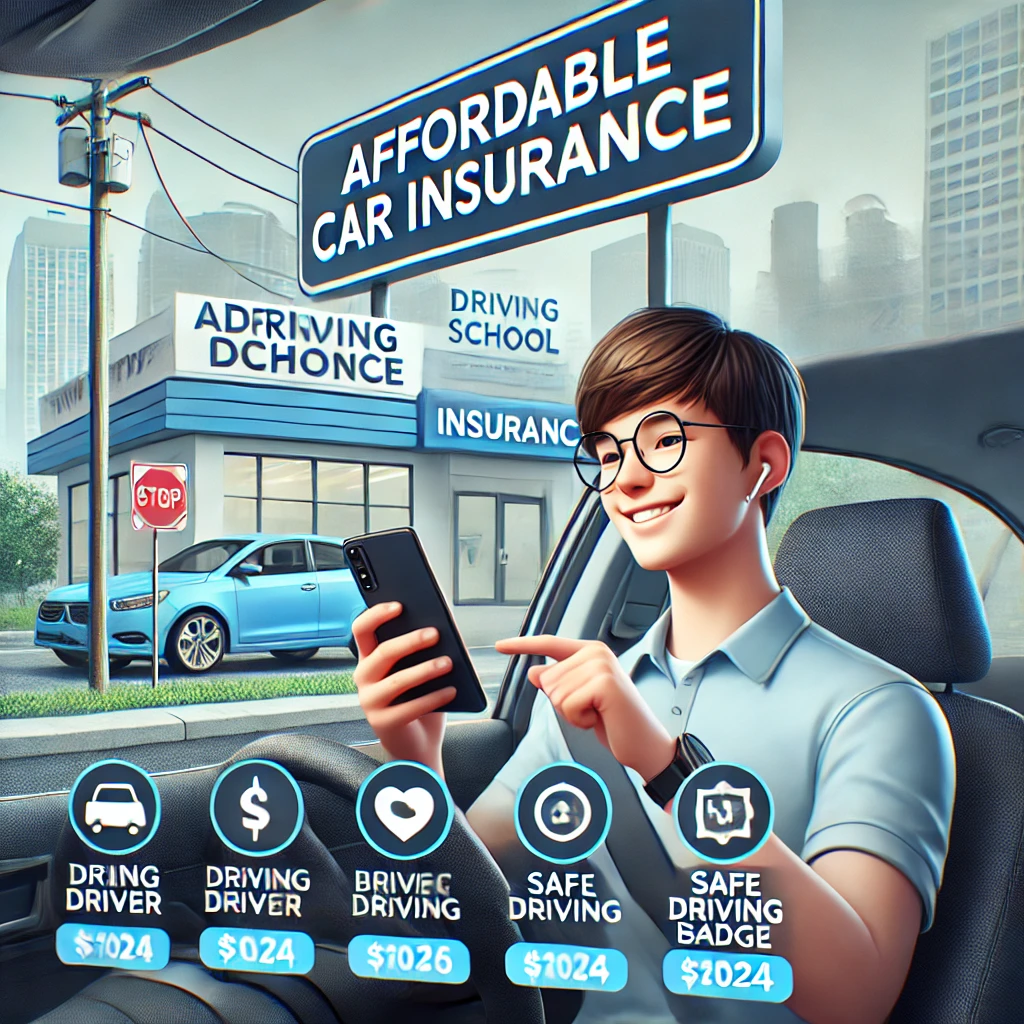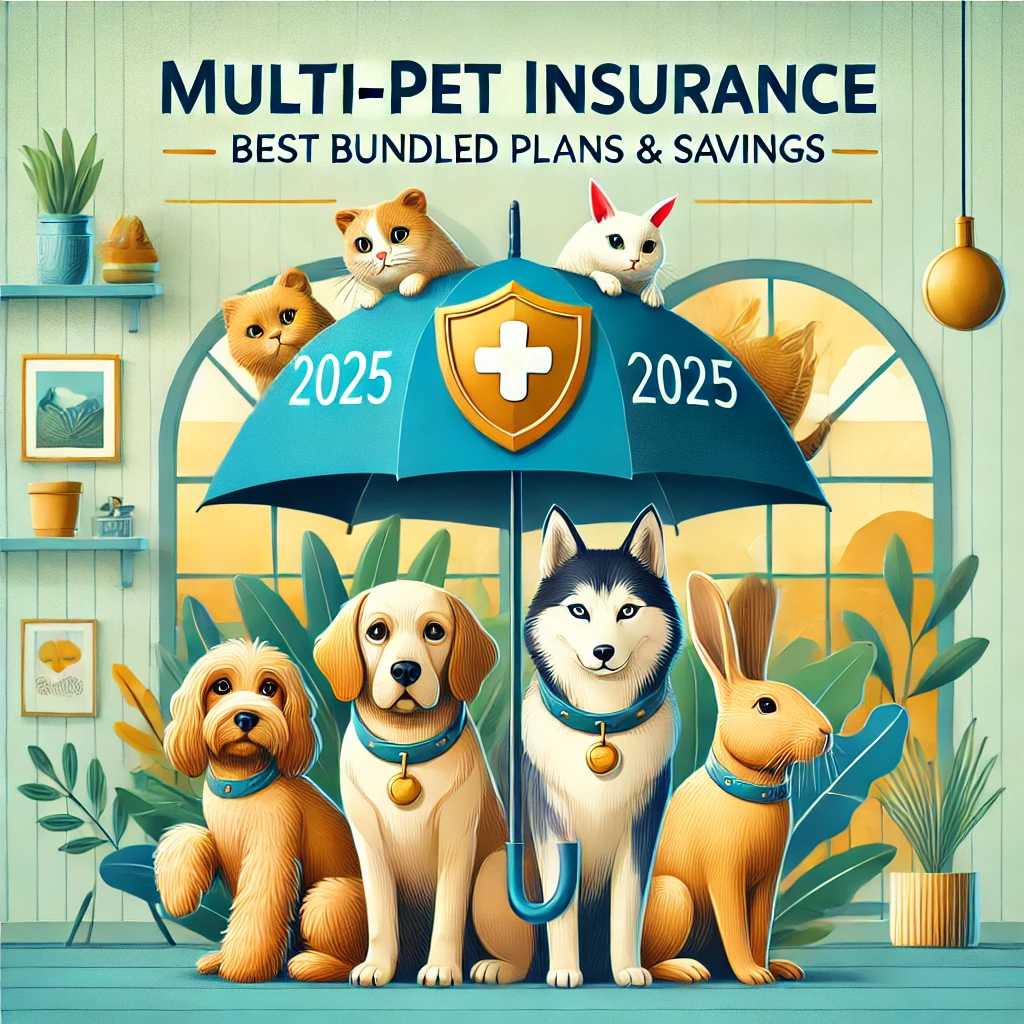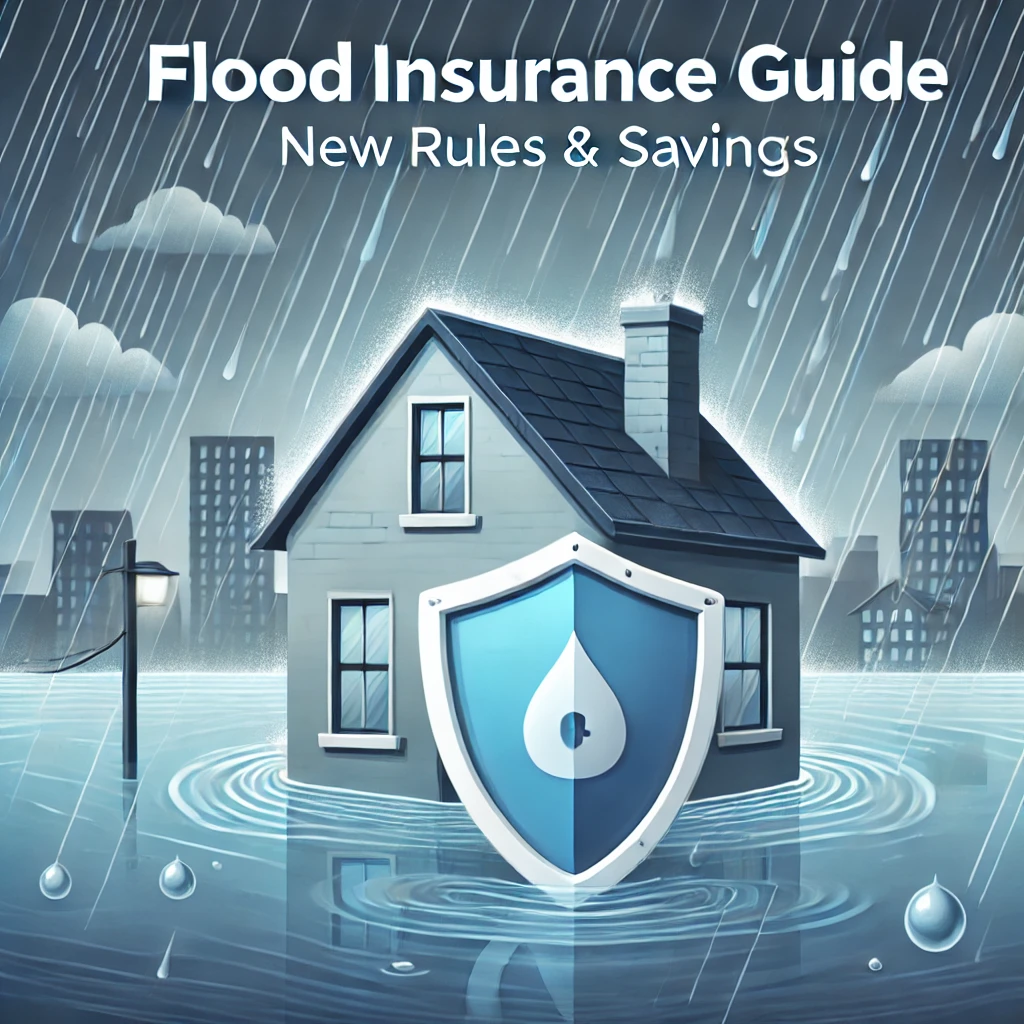Car Insurance for younger drivers is notoriously expensive. According to Zebra’s 2025 data, drivers under the age of 25 average 62% more than seniors. But affordable coverage is possible with the right strategies. This guide reveals 2025’s cheapest providers, little-known discounts, and actionable tips to help young drivers (and their parents) save hundreds annually.
Why Do Young Drivers Pay More?
Insurers see young drivers as high-risk due to:
- Inexperience: Crash rates for 16–19-year-olds are 3x higher than adults (IIHS).
- Distracted driving: 35% of teens admit to texting while driving (NHTSA).
- Higher claim costs: Repairs for modern vehicles with tech features cost 25% more.
Key Takeaway: While premiums are steep, discounts and smart coverage choices can offset costs.

2025’s Top 5 Cheap Car Insurance Providers for Young Drivers
We compared rates for a 19-year-old driver with a 2020 Honda Civic:
| Provider | Monthly Rate | Key Perks |
| Geico | $148 | Low rates for students with good grades |
| State Farm | $162 | Steer Clear® safe driving program |
| USAA (Military) | $135 | Family discounts for military families |
| Progressive | $155 | Usage-based Snapshot® discounts |
| Erie Insurance | $140 | Accident forgiveness |
Why These Providers?
- Geico: Best for students with B+ averages (15% discount).
- Progressive: Rewards safe driving via telematics.
- USAA: Military families save up to 30% (eligibility required).
7 Hidden Discounts to Slash Premiums
- Good Student Discount (Save 10–25%):
Requires a B average or higher. Example: State Farm’s “Drive Safe & Save” program. - Driver Training Courses (Save 5–15%):
Complete a state-approved course (e.g., AAA’s online program). - Telematics Discounts:
Use apps like Allstate’s Drivewise® to prove safe habits (up to 30% off). - Multi-Policy Bundling:
Combine auto + renters insurance (e.g., Geico saves 12% on average). - Low-Mileage Discounts:
Drive < 7,500 miles/year? Progressive offers up to 20% off. - Pay-in-Full Savings:
Avoid monthly fees by paying upfront (e.g., Erie Insurance: 8% discount). - Membership-Based Discounts:
Alumni groups (State Farm) or employers (Travelers) often have deals.
Pro Tip: Ask insurers about all available discounts—many aren’t advertised!
How to Compare Rates Like a Pro
- Use Accurate Personal Data: Even minor errors (e.g., wrong ZIP code) can skew quotes.
- Adjust Deductibles: Raising your deductible from 500to500to1,000 can cut premiums by 15%.
- Prioritize Coverage: Liability is mandatory, but collision may not be worth it for old cars.
2025 Rate Comparison Tool: [Insert affiliate link to Insurify/The Zebra].
5 Mistakes That Inflate Premiums
- Choosing the Cheapest Policy Blindly: Low-cost plans may lack critical coverage.
- Ignoring Usage-Based Insurance: Safe drivers miss out on telematics savings.
- Not Updating Policies Annually: Rates change as you age or improve credit.
- Adding Teens to Parental Policies: Sometimes a separate policy is cheaper.
- Overlooking Regional Insurers: Companies like Erie often beat national brands.
Case Study: How Jake, 19, Saved $600/Year
- Old Rate: $220/month (minimum coverage).
- New Rate: $170/month (full coverage).
- Strategies:
- Bundled with his parent’s Erie Insurance policy (12% off).
- Completed a defensive driving course (7% discount).
- Installed a telematics device (10% off).
FAQs
Q: Can I stay on my parent’s insurance?
A: Yes, until you take off or buy your own car.
Q: What is the cheapest car for younger drivers?
A: Safe used models such as the Honda CR-V and Subaru Outback.
Q: Do grades affect insurance rates?
A: Yes! A 3.0 GPA can save you 15% with most providers.
Conclusion
Affordable car insurance for young drivers isn’t a myth. By comparing 2025’s top providers, leveraging hidden discounts, and avoiding common pitfalls, you can secure quality coverage without breaking the bank. Act now: Request quotes from at least 3 insurers to unlock the best rates.


